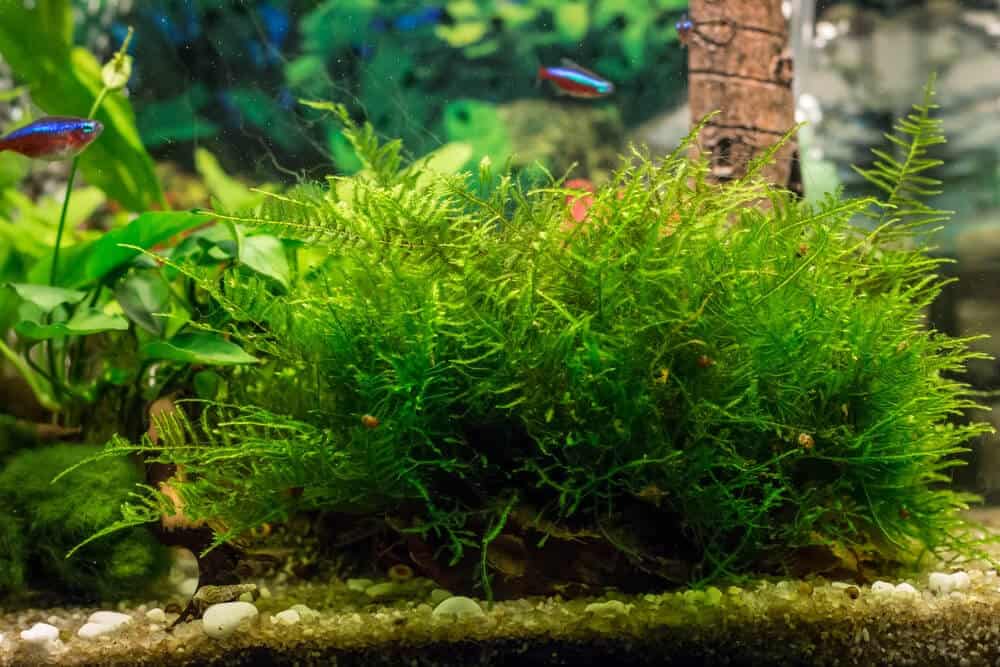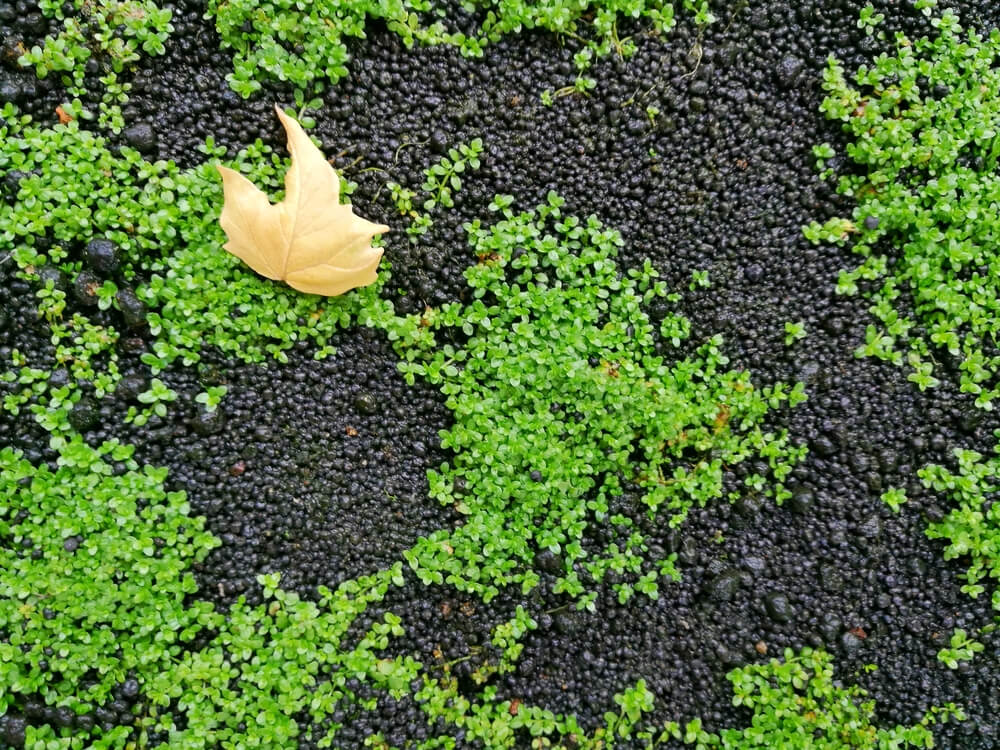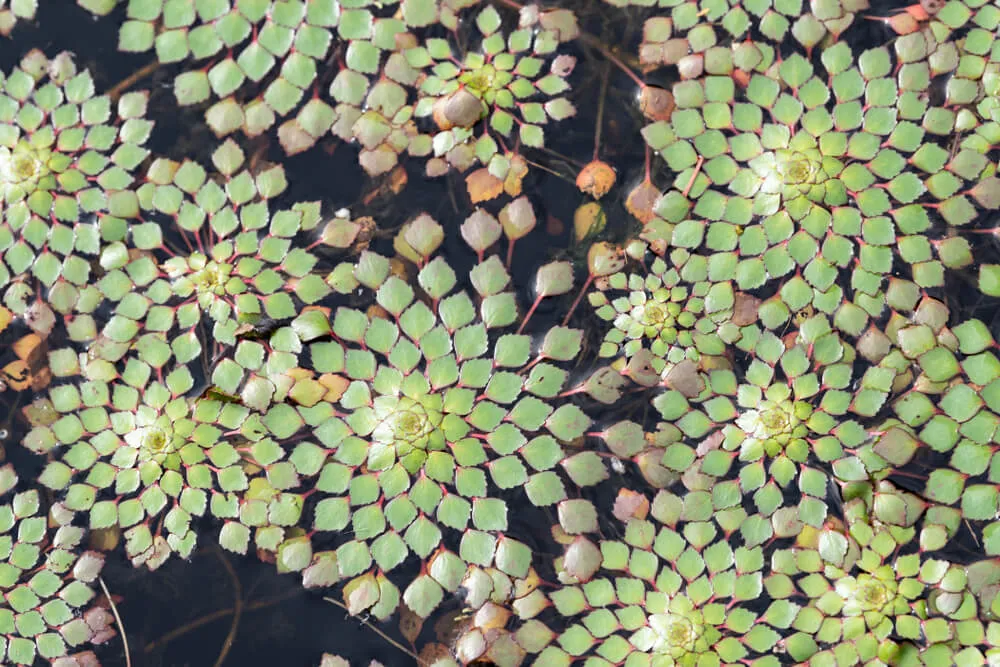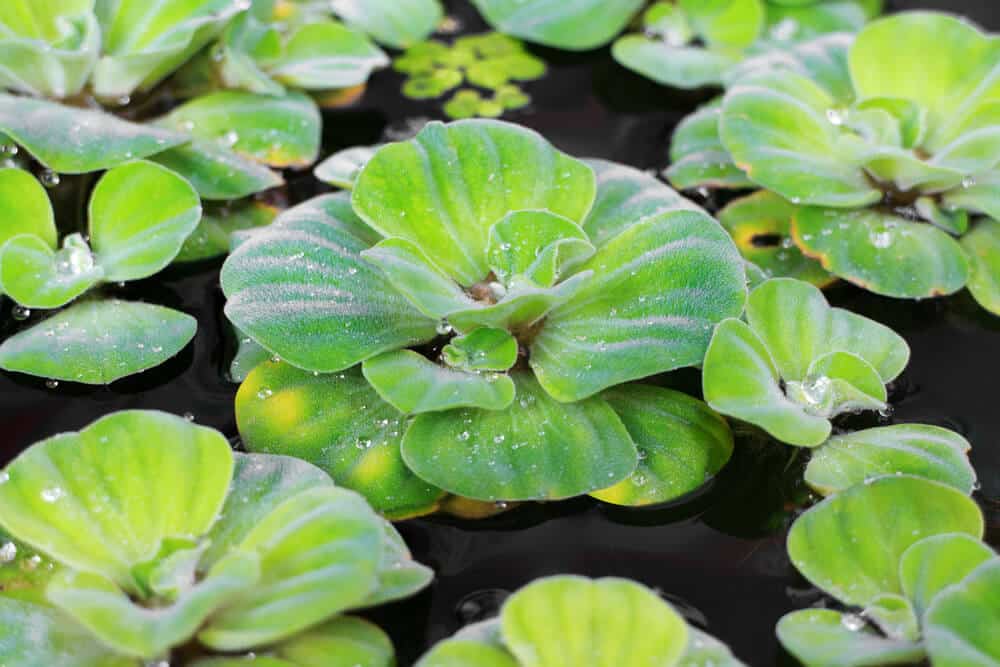Can Java Moss Grow Out Of Water?

Java Moss, native to the Indonesian archipelago, is a member of the Hypnaceae family and is commonly used as a carpeting plant by aquarium owners and terrarium lovers.
When the conditions are favorable for growth, the plant grows exponentially.
Many homeowners use it as the go-to ornamental component for anything from a tiny aquarium to a backyard pond because of its ease of care and fascinating texture.
And, if you’re one of them, you’ve probably wondered if Java Moss can grow out of water.
So, to fulfill your curiosity, we’ll go over whether it is possible to grow Java Moss out of the water and how to keep it in its best condition.
Is It Possible To Grow Java Moss Out Of Water
Java moss is native to Southeast Asia and may grow on practically any surface, including driftwood and gravel.
It should be easy to find in pet stores and on e-commerce sites nowadays, which is why it has grown so popular in home aquariums.
Java Moss grows as a dense, green leafy cluster when raised underwater.
But what happens when it grows out of water? Yes, this aquatic plant can actually develop and emerge from the water’s surface as long as it has adequate nutrients.
The secret to keeping Java Moss alive when it is not submerged is to keep it wet and give it sufficient light.
Furthermore, the nourishment required for development should be provided to enable long-term growth. Otherwise, the plant will struggle to survive, and its leaves will dry off.
The Problems With Growing Java Moss Out Of Water
The Java Moss has lovely, branching green branches with tiny, oval leaves.
Although the plant is quite simple to cultivate, there are certain issues you may find if you try to grow it without being immersed.
To start, Java Moss does not need to be constantly submerged underwater, but it won’t survive without enough water. As a result, we don’t see Java moss growing in dry, rocky locations far from water.
Furthermore, because Java Moss lacks roots, it must obtain all of its water and nutrients from its surroundings.
Fortunately, spraying the moss frequently will easily address this issue when it grows over the water’s surface.
Slow growth conditions will result in little or no new Java Moss growth.
If you can, consider lowering your light to boost light intensity and checking your water parameters to ensure you have the nutrients it needs to thrive.
The Best Way To Grow Java Moss Out Of Water
So you’ve learned that Java Moss can be grown above water, but what’s the best way to do it?
This moss is a stunning plant, and learning how to care for it properly when not immersed will allow you to create the aquatic environment of your dreams.
The first step is to lay down a tiny amount of Java Moss in a vessel and spray it with a fertilizer mixture. You can use Plant Food or something else that will provide the moss with the nutrients it requires to develop.
Then, sprinkle with water and carefully close the lid before storing it in a well-lit area. All you have to do is place the container somewhere with plenty of sunlight, such as a windowsill or beneath outdoor lights.
After that, every other day, drizzle the moss with fresh tap water using a spray bottle. It is critical for the success of this procedure to replace the old unclean water that accumulates after each time you spray it.
When your Java Moss has grown upright and is an inch long, you should begin trimming it with scissors. The loose parts that you cut will grow as well, so leave them in the same container as the rest of the moss.
Finally, if the moss has grown properly, you may take away some of it and relocate it to where you want it. Simply remove any water at the bottom to prevent algae from forming and ruining the moss.
Java Moss will spread through the hardscape to generate rich wild growth if properly grown on wood or rock.
Even yet, the majority of the moss’s leaves will be shorter and more tangled compared to when grown underwater.
Always keep an eye out for browning leaves, which indicate that the moss is lacking in nutrition, light, or clean water.
When this occurs, add a little amount of fish-safe fertilizer to your spraying solution and double-check your lighting conditions.
You should also keep an eye out for algae growth. Algae can easily grow on Java Mosses, especially in areas with high light exposure and standing water.
The simplest solution to this problem is to remove any water that has gathered around your moss as soon as possible.
If you don’t do something about the algae, it will accumulate on the moss’s surface, impeding its growth.
As a result, it’s best to avoid algae growth as much as possible because it’s difficult to separate algae from moss once it’s grown on the moss.
Finally, don’t forget to trim your Java Moss because it grows at least one inch per month even when not submerged! Trimming provides the plant with a tidy look and promotes better growth by allowing all stems to receive adequate light.
Once your Java Moss has taken over the entire container, don’t be afraid to propagate it. Simply cut a chunk, place it on a different surface, and repeat the steps outlined earlier in this section.
The Takeaway
Overall, the Java Moss thrives as an aquatic moss, but it may also grow on land in conditions that are humid. In fact, as long as there is enough water, this brilliant green tropical moss will easily grow practically anywhere.
Because it is essentially an aquatic moss, Java Moss thrives in low light conditions. It does, however, grow quicker in brighter conditions, so a grow lamp may assist speed up the process if that’s what you’re after.
What you must remember is that Java Moss requires a humidity level of at least 90%, thus regular watering is essential!


